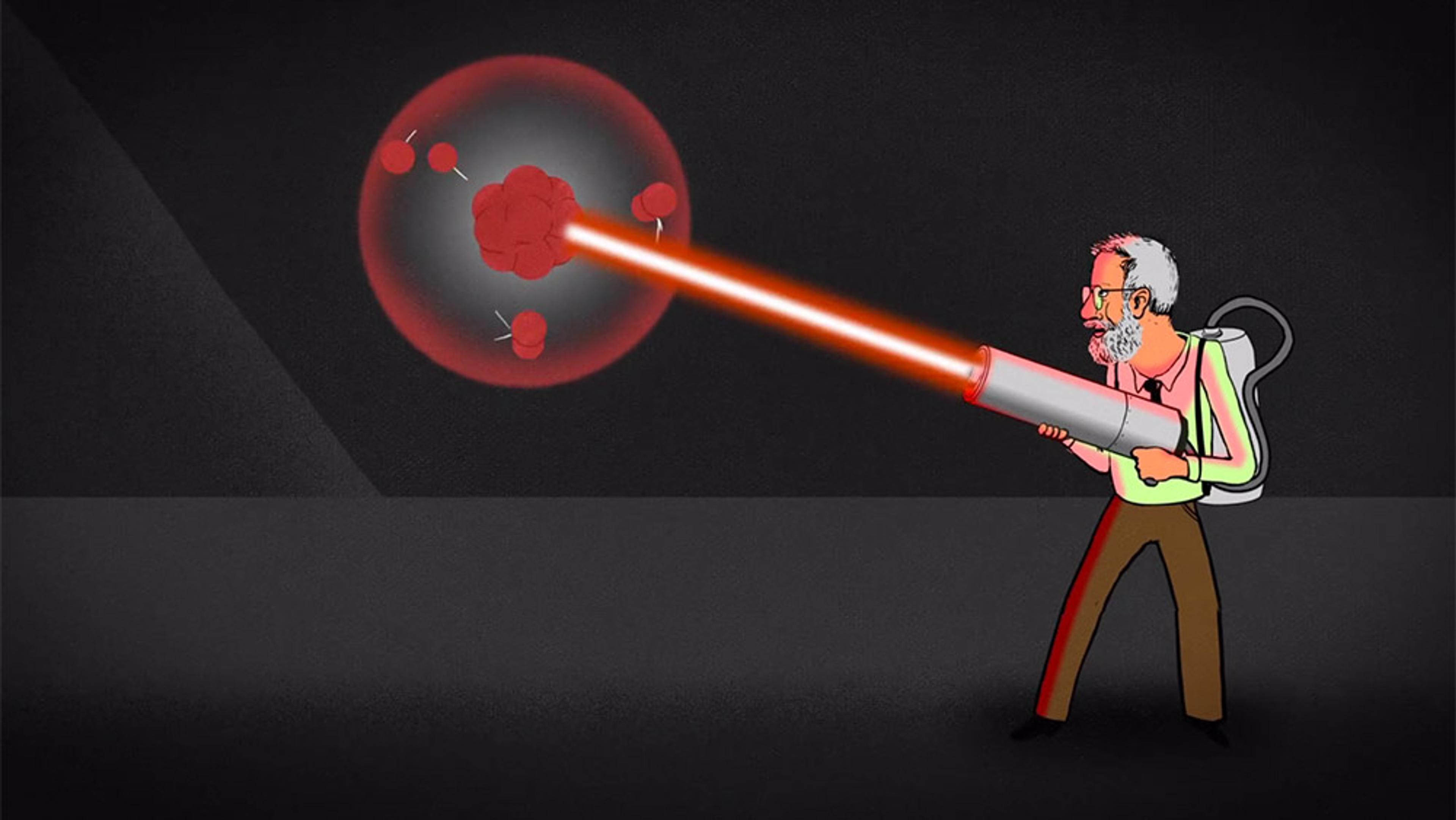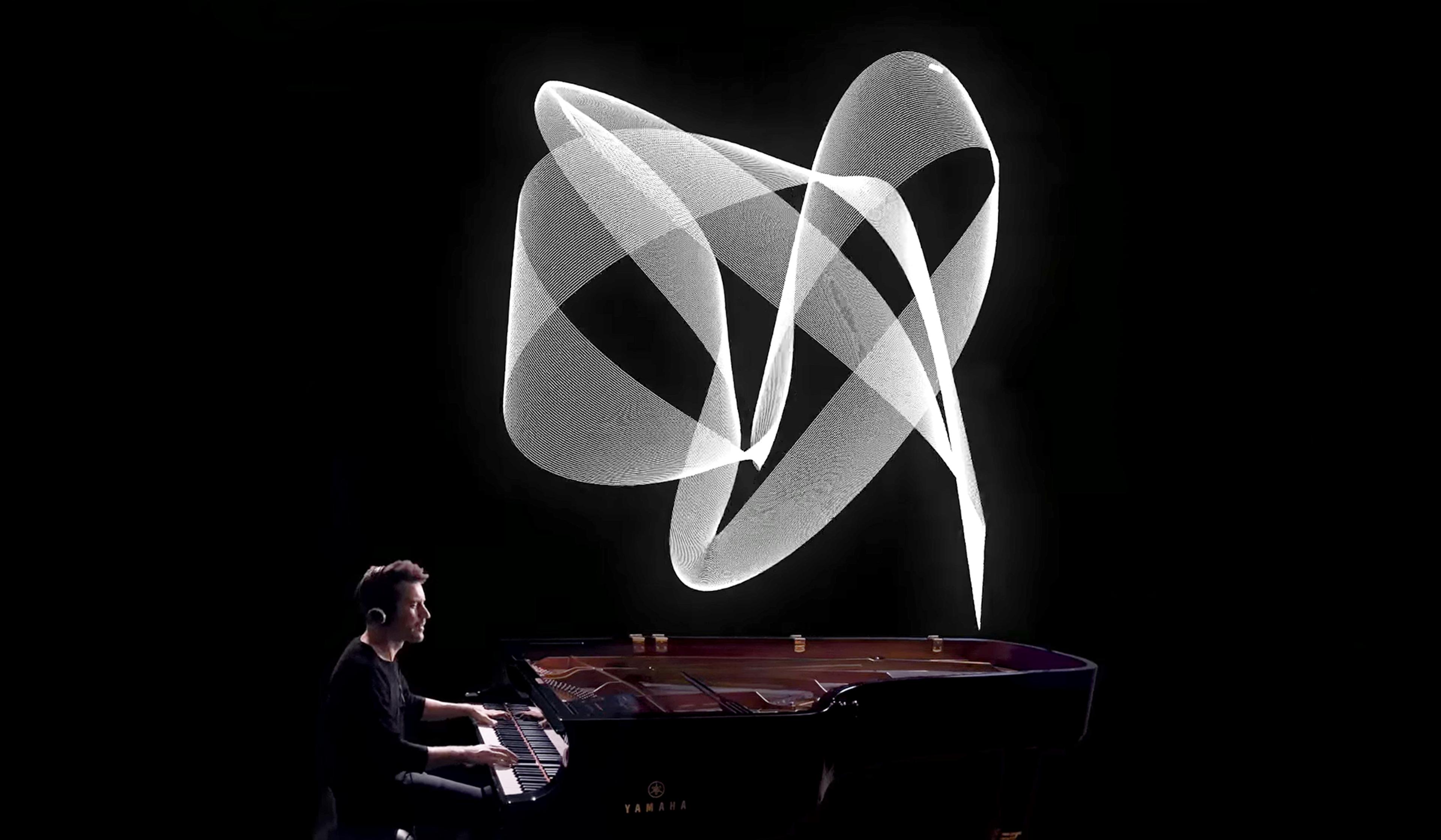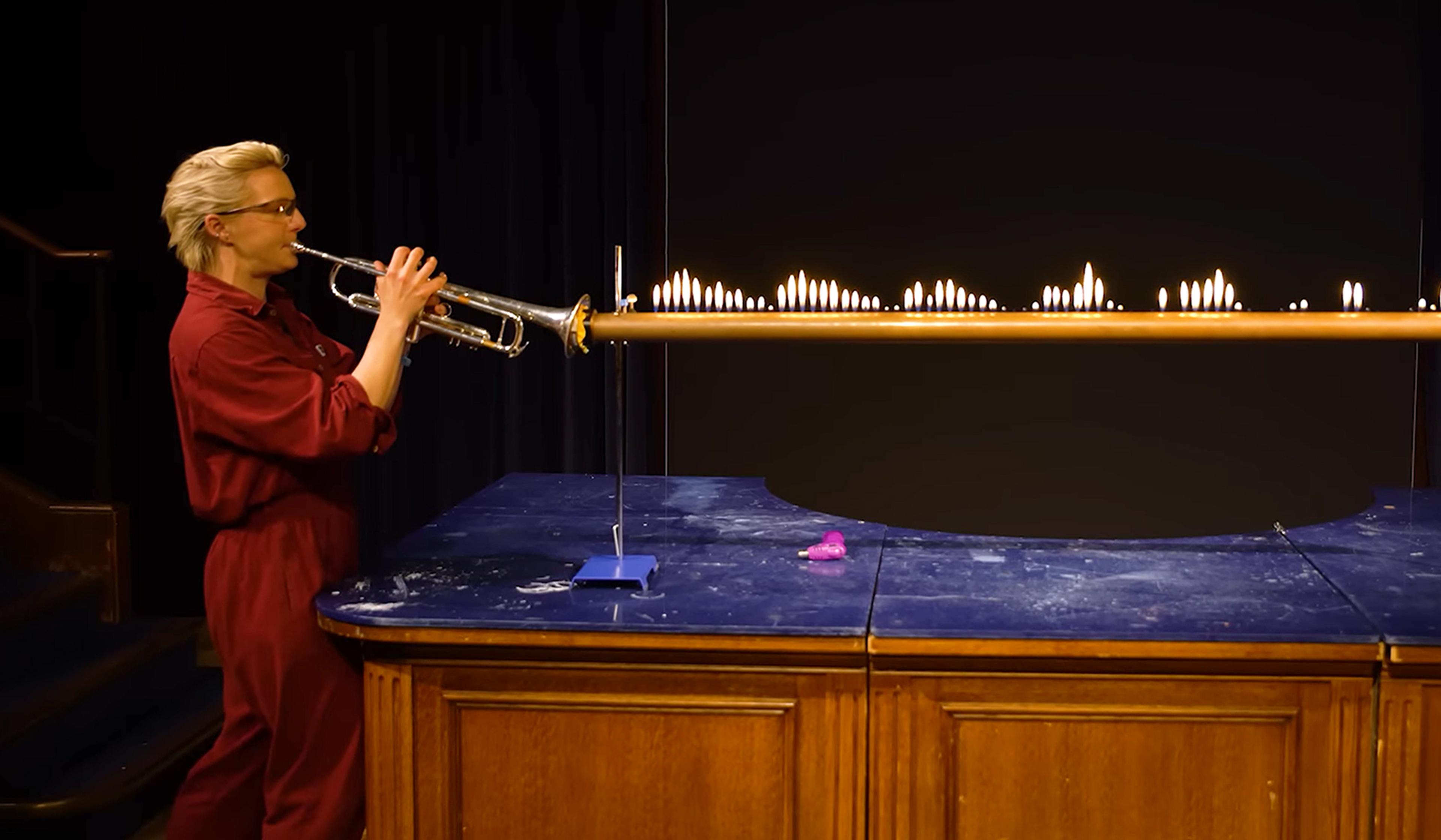Unlike with guitars and violins, pianos’ strings can never be perfectly tuned to one another. The solution? As this short animation from MinutePhysics explains, the instrument’s 88 strings across more than seven octaves means tuning a piano using harmonic intervals will inevitably lead to notes being fractionally off-pitch, with the issue compounding across octaves. So instead of using harmonics, piano-tuners generally keep octaves perfect, while leaving every other interval out of tune by just a tiny fraction. This workaround forsakes the appealing mathematical patterns of harmonics, but makes it possible to keep the kind of uniformity that is so valued in an era of mass production and reproduction of music.
The mathematics of music means piano strings can never be in perfect harmony
Video by MinutePhysics
13 June 2017

videoMusic
A riveting audiovisual dive into what makes sounds harmonious, or not
28 minutes

videoMusic
Meet the jazz pianist who improvises in tandem with a piano that plays itself
5 minutes

videoPhysics
How ticking atoms keep ultra-precise time for globe-connecting technologies
2 minutes

videoMusic
As a pianist strikes a chord, visualisations of his notes appear in real time
5 minutes

videoBiology
Singing Mozart in the MRI shows how overtone singers can hit two notes at once
1 minute

videoDesign and fashion
From carving the wood to the final varnish, crafting a violin has a musicality all its own
6 minutes


